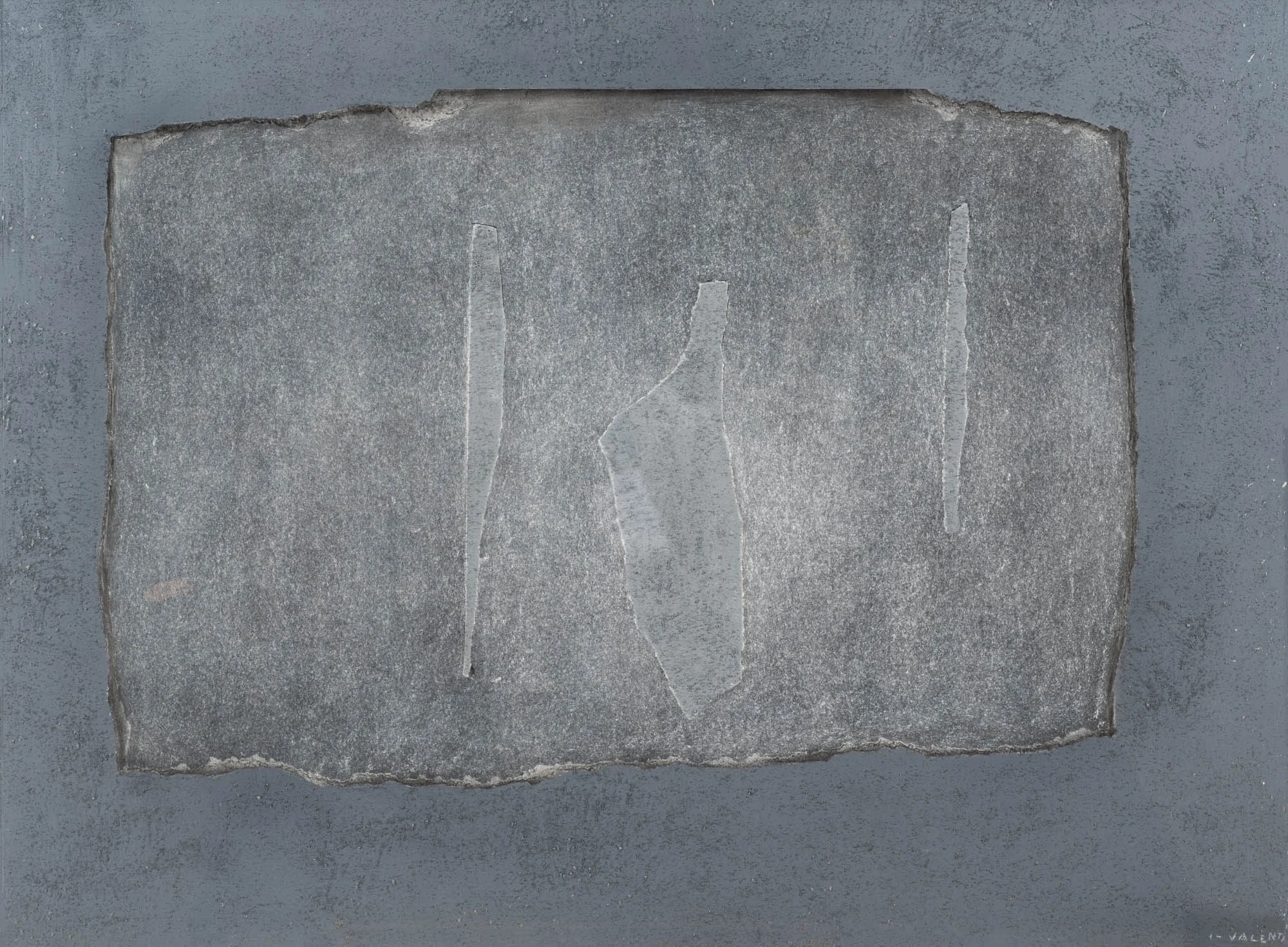from the romans till today
A grey monolith made of local granite built on a rock, throwned over the mediaeval village of Ronco sopra Ascona. Planned by the nature-loving psychiatrist Ida Rodel (1900 -1992) from Basel. In the past centuries the property was used to grow olive and fruit trees. And even earlier a Roman castle is thought to have dominated this view.
This stunning building was inspired by the C.G. Jung Bollingen Tower, by Rodel’s intensive architectural research in Tuscany and especially by the Villa San Michele on Anacapri in Italy.
”I want my house open to sun and wind and the voice of the sea, like a Greek temple, and light, light, light everywhere!”
(Axel Munthe 1857–1949)
In several publications this castle-like building has been referred to as the Black Pearl and the place itself as one of the most beautiful in Ticino - the most southern part of Switzerland.
Just a bit crazy….
The builder had conceived parklike multi-levelled gardens during 10 years. Her project including many exotic plants was so ambitious that the locals called her „La Matta del Matterello“ (the crazy woman at the Matterello path)
von den Römern bis heute
Cà la Rocca: Ein grauer Monolith aus Tessiner Granit, der auf einem Felsen über dem mittelalterlichen Dorfkern von Ronco sopra Ascona thront. Erbaut von der naturliebenden Psychiatrin Ida Rodel (1900 -1992) aus Basel. In den vergangenen Jahrhunderten wurden auf dem Grundstück Oliven- und Obstbäume angebaut und noch viel früher wird ein römisches Kastell vermutet.
Der Bau ist inspiriert von C.G. Jungs Turm in Bollingen am Obersee und von ausgedehnten Architektur-Reisen in die Toskana. Das Haus weist zudem Elemente der Villa San Michele auf Anacapri in Italien auf.
"Mein Haus soll offen sein für Sonne und Wind und die Stimmen der See – wie ein griechischer Tempel – und Licht, Licht, überall Licht!"
(Axel Munthe 1857–1949)
Das burgartige Gebäude wurde in Publikationen als schwarze Perle bezeichnet, der Platz selbst als einer der schönsten in der Sonnenstube der Schweiz.
Ein bisschen verrückt… Die Erbauerin liess während 10 Jahren einen parkähnlichen Garten auf verschiedenen Ebenen anlegen. Das Vorhaben mit zahlreichen exotischen Pflanzen war derart ehrgeizig, dass die Einheimischen sie „La Matta del Matterello“ (die Verrückte am Matterello-Weg) nannten.
dai romani fino ad oggi
Poco sopra il paesino medievale di Ronco sopra Ascona, dalla cima d’un colle, troneggia un monolite grigio in granito ticinese. Fu Ida Rodel (1900-1992) di Basilea, psichiatra amante della natura, ad idearne la costruzione prendendo spunto dalla Torre di C.G. Jung a Bolligen sull’ Obersee, e dagli innumerevoli e intensivi viaggi architettonici in Toscana, in particolar modo quelli della Villa San Michele a Anacapri.
”La mia casa deve essere aperta al sole e al vento e alle voci del mare – come un tempio greco – e luce, luce, luce ovunque!”
(Axel Munthe 1857–1949)
In secoli scorsi la proprietà venne usata per la piantagione di ulivi e piante da frutto, e prima ancora si suppone che un castello romane dominasse la vista.
La cotruzione, simile ad una fortezza, venne spesso definita La Perla Nera in varie pubblicazioni e si erige maestosa in uno dei posti più belli e suggestivi del canton Ticino.
I lavori di terrazzamento del colle al Sentiero Matterello continuarono per ben 10 anni per ottenere i giardini tanto desiderati. La scelta delle varie piante esotiche era talmente poco comune e al quanto poco idonea al terreno roccioso e ripido, che Rodel si guadagnò dalla gente locale il sprannome di La matta del Matterello.
